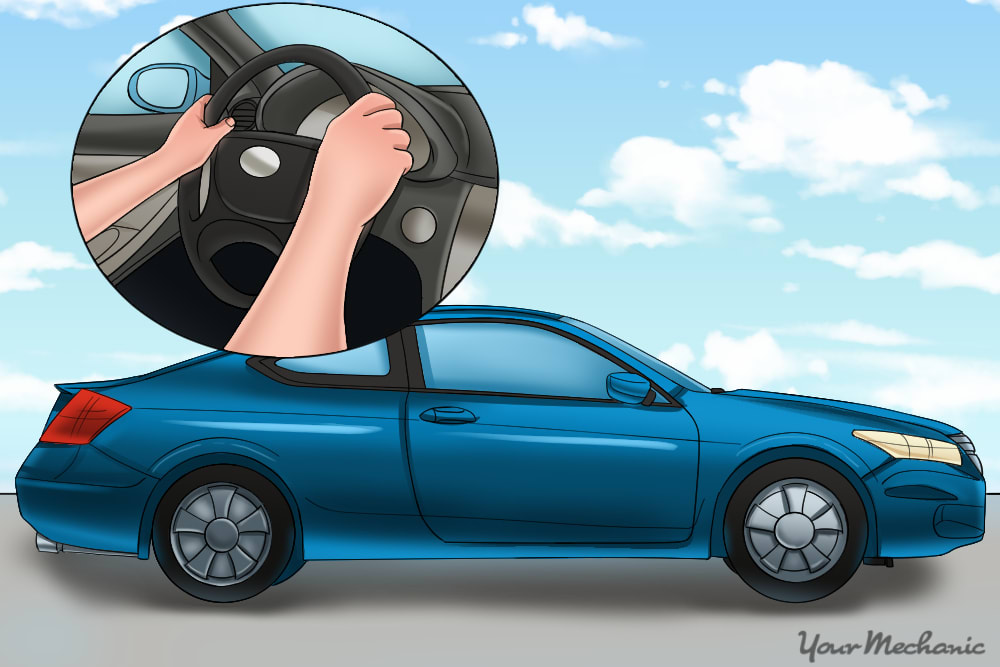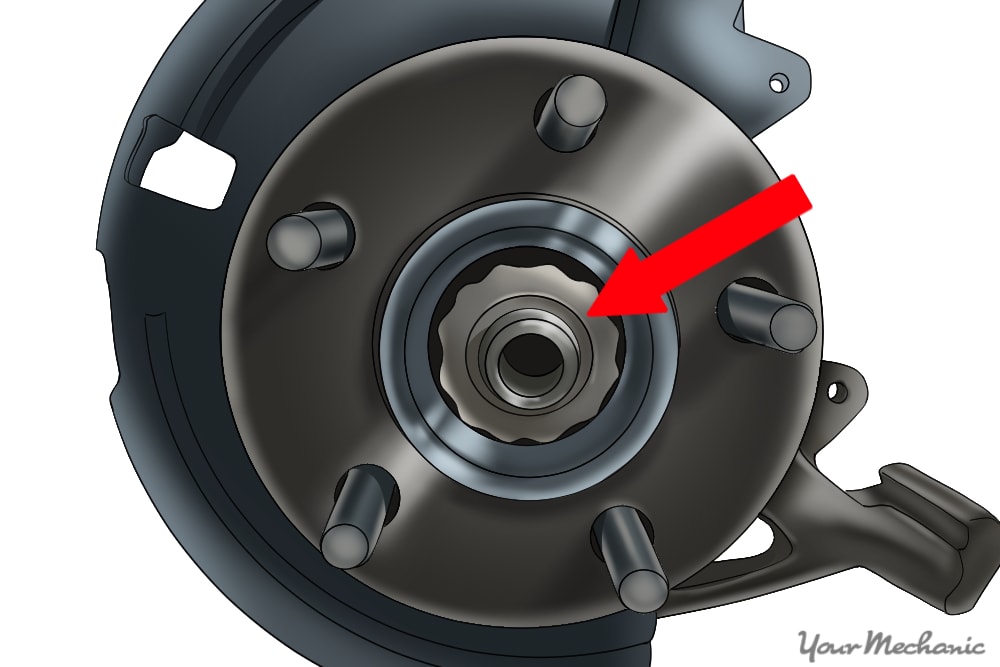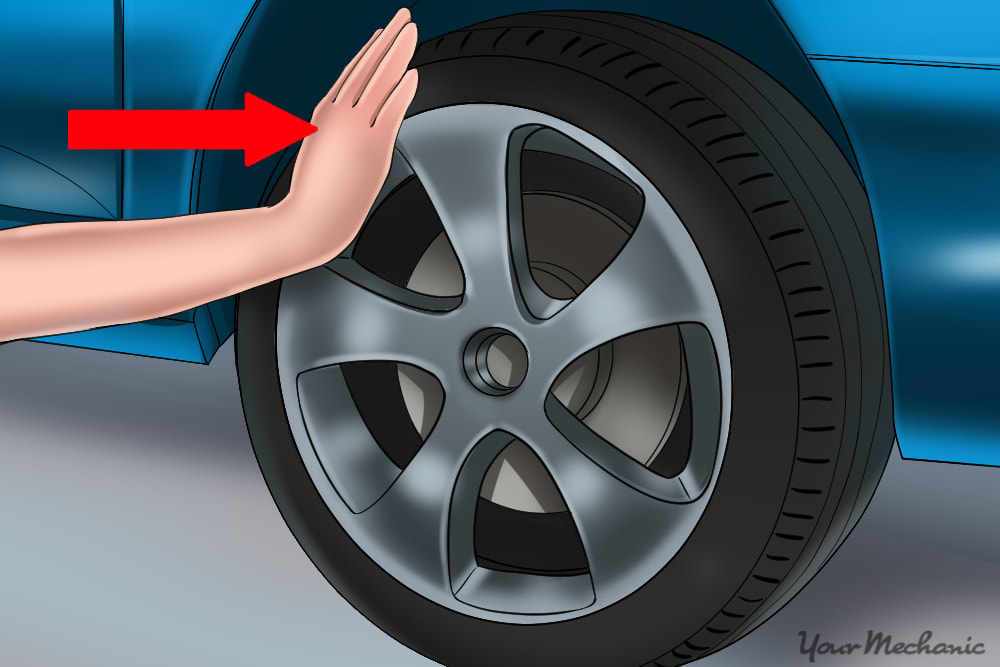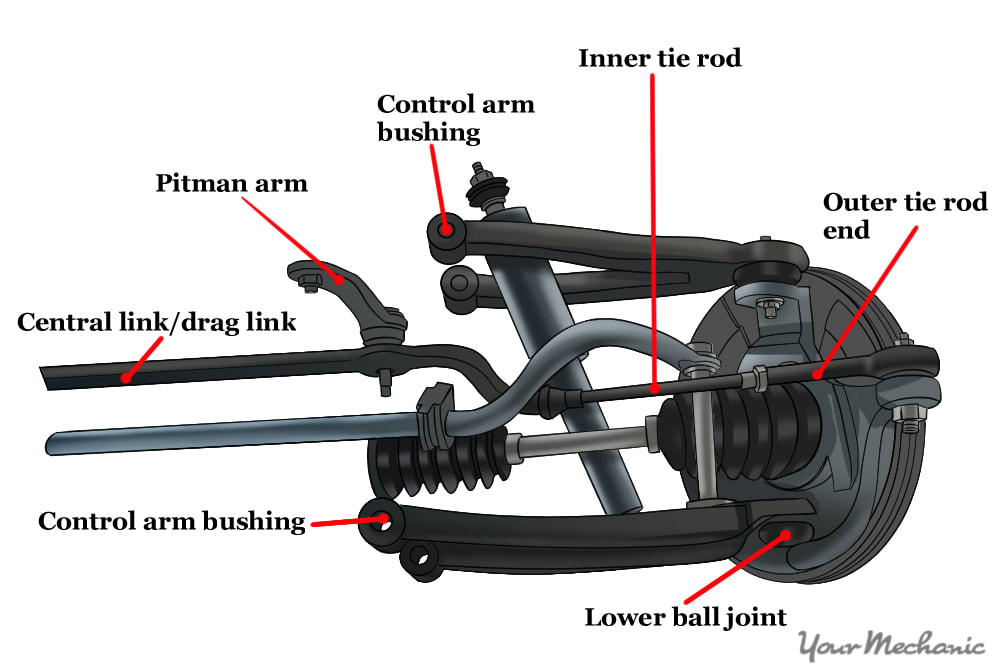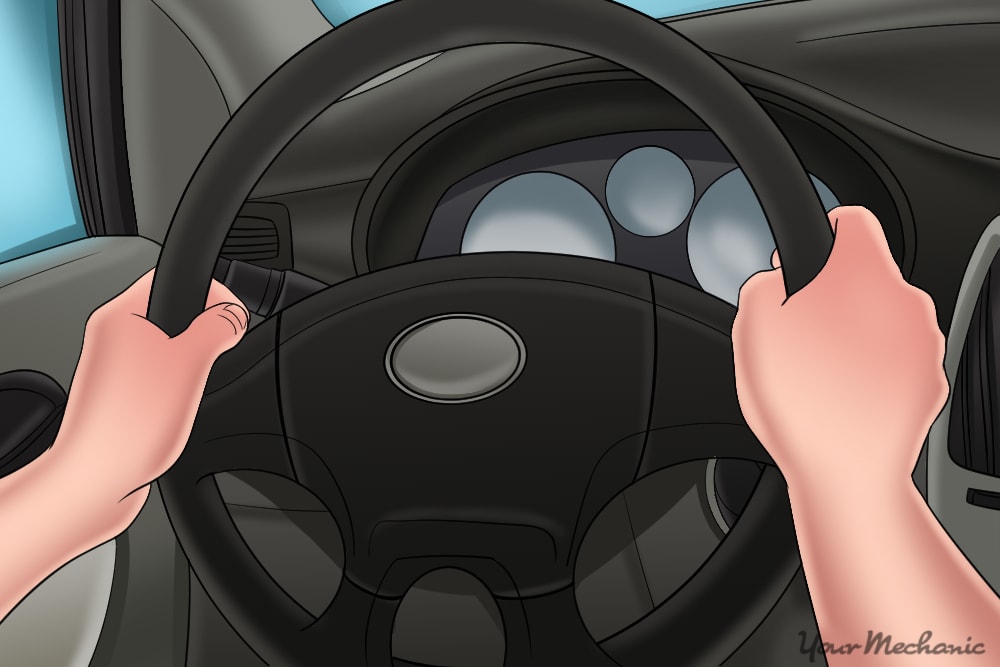

During normal operation, your car should drive smoothly and consistently across the streets you navigate. As drivers, we barely feel bumps, cracks or imperfections in the roads due to the advanced technology that comprises the suspension and drive systems on modern vehicles. However, there are times when we feel a vibration in the steering wheel that shows up on certain roads, at a particular speed or anytime the vehicle moves forward.
Because there are multiple components on today's vehicles that can cause shaking in the steering wheel, trying to find the exact source can be frustrating and time-consuming, even for the most experienced mechanics. Add the fact that multiple front end components could be worn out or out of alignment at the same time, and you'll understand why the process of discovering the exact cause of steering wheel vibration can be a time consuming and extremely detailed process.
Part 1 of 3: Diagnosing tire and wheel balance issues
The most common cause of steering wheel vibration is due to tires and wheels that fall out of balance. Tire/wheel balance is the process of adding weight to the wheel after a new tire has been installed. Every tire that comes off the factory floor has some imperfections in the construction or the weight distribution, and requires weights to balance it.
The best way to determine if the steering wheel shaking is caused by your front tires and wheels being out of balance is to have a professional tire technician complete a balance check.
Typically the warning signs that lead to this issue include:
- The steering wheel vibrates when the vehicle reaches highway speeds (55 mph and above)
- The shaking progressively gets worse the faster the vehicle drives
- The shaking goes away when you decelerate below highway speeds
You can also perform some inspections yourself to determine whether or not your tire/wheel balance is causing the steering wheel vibration.
Check the sides of your tires for marks. The most common cause of tires and wheels falling out of balance is due to the tire striking a curb. If you see scuff marks on the side of your tire, it's a good indication that the tire and wheel are out of balance. Hitting an object will shift the weight balance of the tire to where the tire struck the object.
Another simple check is to inspect the side of the wheel where the weights were initially installed. If you see a clean spot in the shape of a wheel weight on the side of your wheel, it's likely that the weight fell off. This check is hard to complete on the inside of the wheel, but if you can, turn the wheel to the left and inspect the inside as well.
Part 2 of 3: Diagnosing wheel bearing issues
The wheel bearings secure the wheel hub to the vehicle’s suspension. Inside the wheel bearing housing is lubricant designed to keep the bearings cool and reduce the buildup of heat as the wheel spins. Over time, the wheel bearings tend to lose lubricity, and if the bearings are not replaced in a timely manner, they can cause the wheel hub to loosen.
As the vehicle drives down the road, the loose wheel will vibrate, which may be felt in the steering wheel. If the wheel bearings are not replaced soon, they can break, causing the entire wheel/hub assembly to fall off the vehicle and create a dangerous driving situation.
There is a very simple test that any novice mechanic can perform to check whether or not the wheel bearings are causing the vibration. To perform this inspection, you'll need to follow these basic steps.
Step 1: Raise the front end of the vehicle on jack stands. Using a hydraulic lift or a jack and jack stands, raise the front end of the vehicle.
Make sure to jack the front wheel from the lower control arm or the side body mount.
Step 2: Check the tire/wheel for loose wheel bearings. As noted in the image above, the inspection for loose or worn out wheel bearings is rather simple to complete and is done by touch. Place both hands on the tire, preferably with one hand at 3 o’clock position and the other at 9 o’clock.
Push and pull the tire in and out with both hands. If you do this and hear a clunking sound, or the wheel moves freely while shaking the tire, it's a good indication that the wheel bearings are worn out and need to be replaced.
Step 3: Replace the wheel bearings or have a mechanic complete this task. If you have the right tools and experience, replacing the wheel bearings is a rather simple job to complete.
But if you don't, or simply do not feel comfortable completing this task, contact a mechanic who can replace your wheel bearings for you. This is a dangerous situation that you don't want to delay fixing.
Part 3 of 3: Inspecting suspension component issues
There are multiple components that comprise the modern front end suspension. Each of these parts are connected to providing steering input, power the front wheels and keep the front wheel in line so the vehicle will drive straight down the road.
Improper alignment of suspension parts can impact the stability of the vehicle, and can also cause shaking in the steering wheel. The shaking is typically caused by suspension parts that are worn out or loose, which causes the alignment issues.
In order to find out if suspension parts are worn out or the suspension alignment is faulty, you'll have to complete the following inspections:
Step 1: Check the tie rods for wear. The first items you want to inspect for wear and tear in regards to steering wheel vibration are the tie rods. Refer to your service manual for exact instructions and steps on how you should inspect them, as each vehicle's tie rod construction and location is unique.
Step 2: Check the bushings. A common cause of steering wheel vibration at lower speeds is when the bushings of the tie rods, spindles, or control arms are worn out.
First, jack up your vehicle's front end and place the front end on jack stands (make sure to put wheel chocks behind the rear wheels).
Using a flashlight, inspect the bushings for cuts, frays, pinching, signs of excess grease or the bushings being pushed out of the brackets. Try to move or wiggle the suspension part that is connected by the bushings. If the part moves, the bushings have failed and must be replaced.
Step 3: Check the shocks, struts and springs. Most vehicles have front struts or shock absorbers that are connected to the lower control arm and are a part of the suspension.
To check for wear and tear that could cause vibration in the steering wheel, complete the following inspections:
Look for signs of grease: When a shock or strut is leaking, you'll usually find grease along the strut or the shock mounts. This could mean that the shocks or struts are loose, causing the vibration.
Check the spring for damage: In some cases, the spring will become detached from the coil-over shock/strut. This can also cause vibration issues.
Check the shock mounts: If the mounts are loose, it will definitely cause the front end to rattle and steering wheel to vibrate. This is noticed immediately as soon as the vehicle moves forward or backward.
If you've completed all of these checks and still can't find the source of the problem, or need an extra set of professional hands to help fix the problem, contact YourMechanic to find a local ASE certified mechanic who will be happy to assist you with the steering wheel vibration issue.



